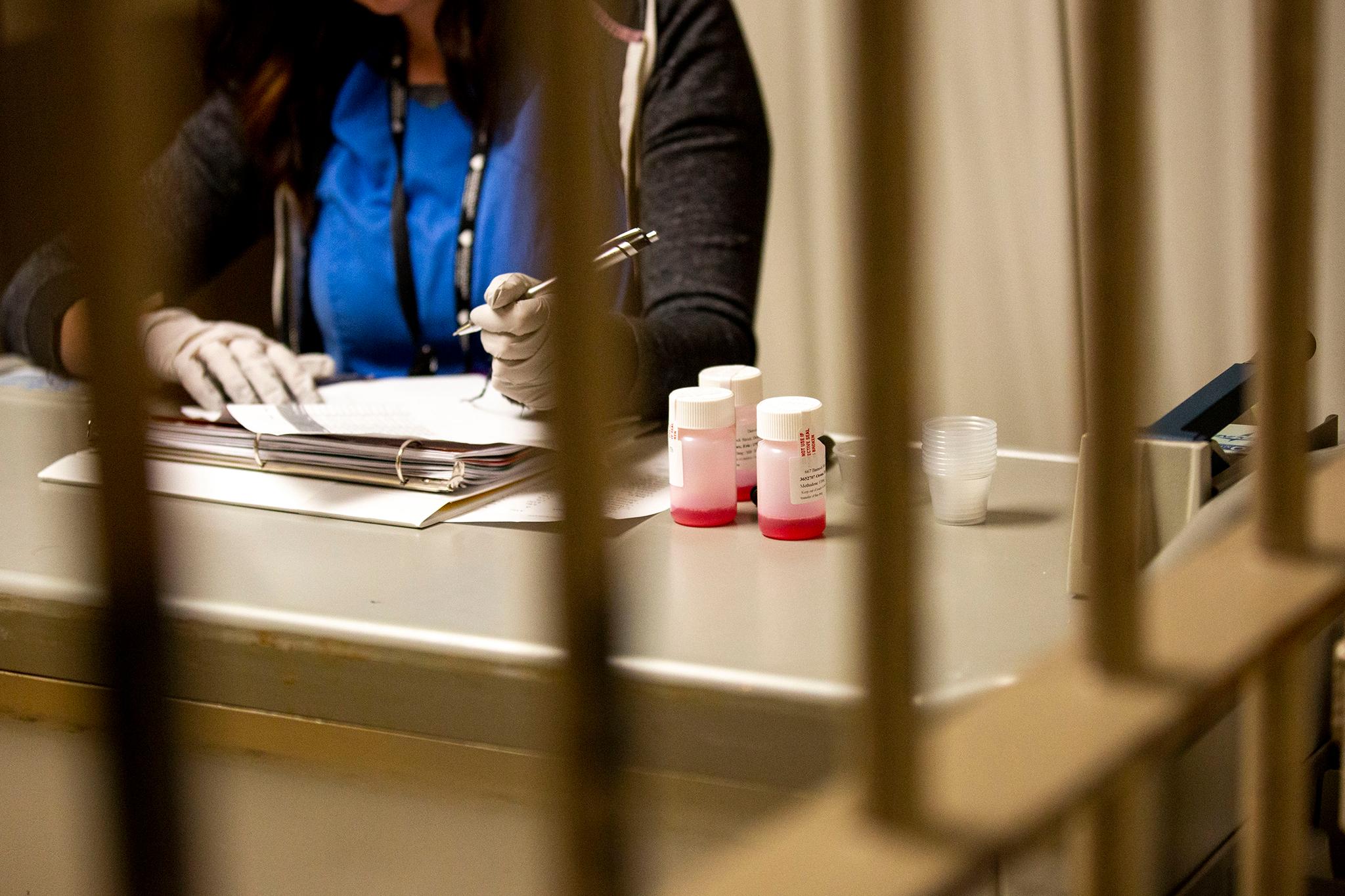On May 20, 581 current and former inmates and three staffers at Denver’s Van Cise-Simonet Detention Center were considered to have COVID-19, making the downtown jail Colorado’s worst outbreak locale according to some local news sites, which used the figure circulated by Colorado’s public health department.
That same day, the city of Denver circulated a different number of infections: 239, a difference of 342 humans.
What gives?
To comply with national standards set by the Center for Disease Control, the Colorado Department of Public Health and Environment combines confirmed cases with cases deemed “probable” — a term that casts a wide net to include people who’ve had contact with an infected person. The Council of State and Territorial Epidemiologists recommended the standardized monitoring strategy on April 5 to better monitor the spread of the respiratory disease.
“Cases are only classified as probable if they meet set criteria for epidemiological evidence of COVID-19,” said Ian Dickson, a spokesman for the state health department.
That evidence includes anyone with an “epidemiological link” (like a household member of a released inmate) and anyone who has visited a hotspot like Denver’s downtown jail or the various senior homes where infection rates are high.
By CDC standards, Denver had been undercounting COVID-19 cases at its jail.
City officials began updating their reporting norms late last week, said city spokeswoman Laura Swartz, after Denverite inquired about the vast difference in reported numbers.
“There is a difference in reporting methodology between local and state COVID-19 positive and probable case counts in Denver’s jails,” Swartz said in a statement. “While CDPHE maintains and reports cumulative data on probable cases, with an individual remaining counted as ‘probable’ even though they may have later tested negative for the virus, Denver’s reporting recategorizes these cases based on the results of testing.”
Details on Denver’s new counting methods will be released this week.
Denver’s downtown jail has more confirmed and probable COVID-19 cases than any single site in Colorado.
According to the state health department’s most recent numbers, the 584 inmates and staffers who have been infected — and probably infected — at the Van Cise-Simonet Detention Center trump every other hotspot in the state.
Sterling Correctional Facility, however, has more confirmed positive cases with 440 compared to 211 at the city jail. No inmate has died.
The number of infected people at Denver’s jails is rising despite historically low inmate populations. Former inmates and representatives from the sheriff deputies union told Denverite last month that leaders lacked good protocols for keeping people safe.
Since then, some protocols have changed. Prior to April 27, new inmates entering the jail were not tested, city officials said. It took until April 30 for inmates suspected of having the disease, who had been isolated for 14 days as a precaution, to be tested before being released into the jail population. Health workers did not begin automatically testing inmates bound for the state prison system until May 5.












